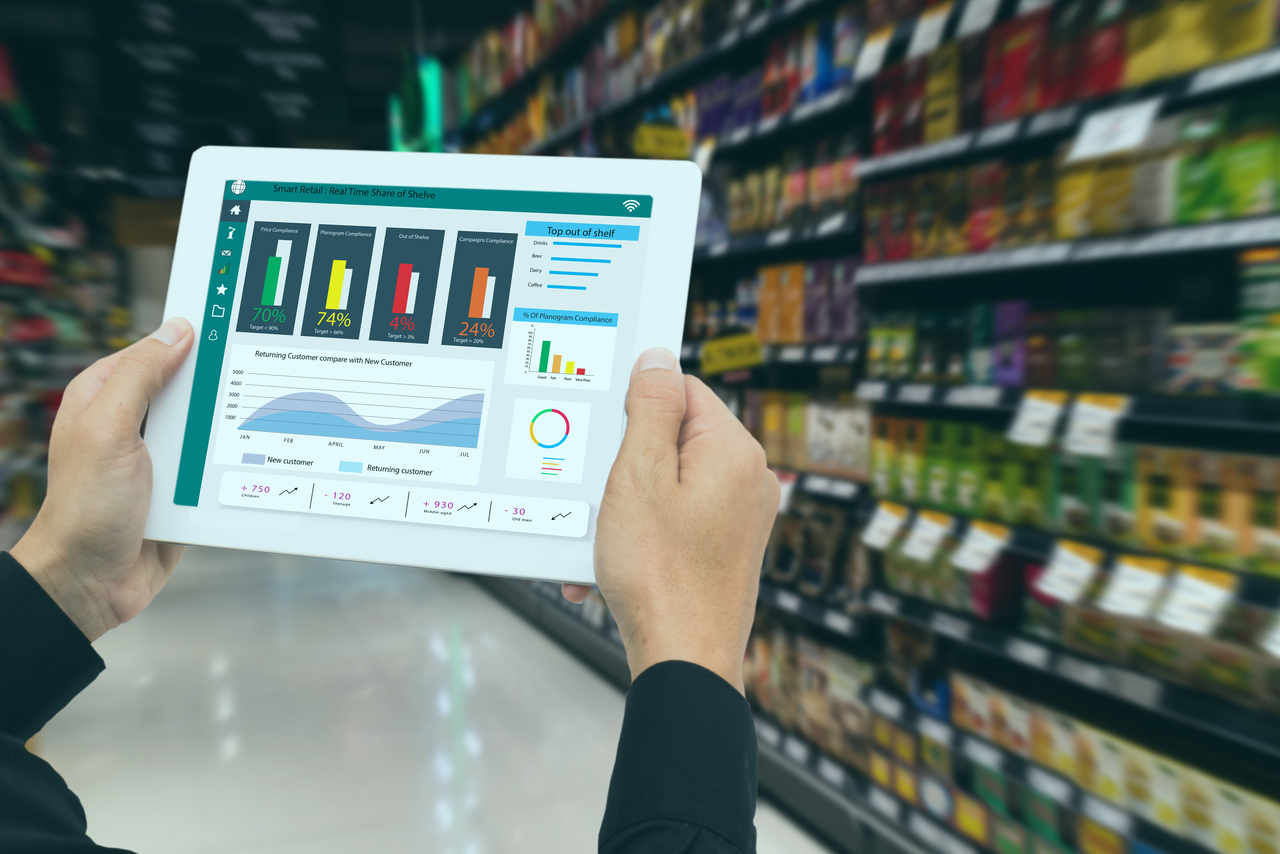Energy trading, once a niche market dominated by utilities and governments, has undergone a dramatic transformation in recent years. Driven by market liberalization and technological advancements, the energy trading landscape has become increasingly complex and competitive. The emergence of energy exchanges, the proliferation of OTC markets and the rise of derivatives have provided new avenues for risk management and profit making. As the global energy landscape continues to evolve, so too will the strategies and practices of energy traders, adapting to the ever-changing dynamics of supply, demand and market regulation. From geopolitical tensions to supply chain disruptions and global energy transition, the energy and commodity markets are experiencing unprecedented volatility.
The businesses spanning utilities, industrial firms and trading houses, must navigate three fundamental market transformations as below:
- The evolution of energy landscape from being localized, resource dependent systems to a globally interconnected network.
- The increasing adoption of renewable energy technologies coupled with advancements in energy storage and smart grid infrastructure that is essentially placing new demands on energy systems requiring innovative solutions and investments.
- The switch to real-time trading in energy markets that generates enormous amount of data which needs to be processed and analyzed quickly and efficiently. This requires significant investment in data infrastructure and advanced analytics tools.1
Amidst this, how can energy and commodities firms innovate to stay ahead of the curve?
Promoting Trading Growth by Automation of Intra-Day trading
The emergence of real-time trading is driving substantial changes in the industry necessitating swift adaptation from companies. These new algorithms can identify trading opportunities in the blink of an eye and execute trades automatically.2
This has become increasingly popular due to its potential for high-frequency trading and precise execution. Automated trading can increase market liquidity by facilitating faster execution of trades and attracting a wider range of participants. Choosing a strategy that suits your risk tolerance and investment goals, such as trend following, mean reversion or arbitrage is crucial.
Expansion into niche markets to capitalize on emerging opportunities
Niche markets offer unique opportunities for traders to capitalize on specialized knowledge and innovative strategies. Some promising niche markets to consider are Renewable Energy Certificates (RECs), Carbon Credits, Biofuels, Energy Storage, Critical Minerals, Hydrogen and Circular Economy Commodities. Expanding into niche markets can help diversify revenue streams and reduce exposure to price fluctuations in traditional commodities. Niche markets often offer higher profit margins due to specialized expertise and lower competition. Investing in renewable energy and low-carbon technologies can help firms comply with environmental regulations and reduce carbon footprints. By strategically expanding into niche markets, energy and commodity firms can position themselves for long-term success in the evolving energy landscape.
Implement portfolio optimization techniques to effectively manage illiquidity risk
In the dynamic landscape of the energy transition where technological advancements, regulatory shifts and geopolitical tensions are constant, portfolio optimization emerges as a critical tool. It allows investors to mitigate risk by diversifying investments across various technologies, regions and stages of development thereby reducing exposure to specific risks. Portfolio optimization helps identify optimal asset allocation strategies. By allocating capital to assets with the highest potential returns while considering risk tolerance, investors can maximize overall portfolio performance. By optimizing their portfolios, investors gain the flexibility to respond effectively to shifting market trends and seize emerging opportunities. This flexibility is essential to navigate uncertainties and capitalize on new opportunities. This powerful tool can assist investors in effectively addressing the intricate complexities of the energy transition. By prioritizing risk management, maximizing returns, and adapting to change, investors can position themselves for long-term success.
Launching trading-as-a-service offerings
Trading-as-a-Service (TaaS) is an emerging business model in the energy and commodity markets. It involves providing trading services to clients such as producers, consumers and financial institutions who may lack the in-house expertise, resources or risk appetite to trade energy and commodities directly. It can include several areas such as Physical Commodity Trading, Financial Commodity Trading, Market Access and Connectivity. As the energy and commodity markets continue to evolve, TaaS is poised to become an increasingly important business model. By leveraging advanced technologies, data analytics and experienced traders, TaaS providers can offer innovative solutions to help clients navigate the complexities of these markets.
Achieve best-in-class operating model and maximize economies of scale and synergies
Leverage sophisticated trading platforms that offer real-time data, advanced charting tools, and automated trading capabilities to enhance trading efficiency and effectiveness. Implement AI and machine learning algorithms to perform in-depth analysis of large datasets, identify statistical anomalies and predictive patterns, and automate trading decisions based on these insights.3 Spread risk across multiple commodities and markets to reduce exposure to specific risks. Use hedging strategies like futures and options to protect against price volatility. Advanced data analytics tools can uncover insights to optimize trading strategies, improve risk management and enhance operational efficiency.4 AI and ML can automate tasks, improve decision-making and identify new trading opportunities. Lean management principles can help identify and eliminate waste in operations, leading to cost savings and improved performance. By implementing these tools and strategies, energy and commodities firms can achieve a best-in-class operating model, maximize economies of scale and synergies and stay ahead of the competition.
Prioritizing Strategic Initiatives is Key
The evolution of the commodity trading industry is marked by increasing competition and complexity. As trading volumes soar, traditional approaches to risk management and investment strategies are no longer sufficient. Firms that can adeptly navigate the challenges posed by illiquid assets and leverage the power of data-driven trading models will emerge as industry leaders. By embracing technological innovation and developing robust risk management frameworks, these firms can unlock new opportunities, optimize portfolios, and secure a sustainable competitive advantage in the dynamic world of commodity trading. A global presence allows companies to optimize global commodity flows. By analyzing market trends and identifying imbalances, they can strategically reallocate resources to capitalize on opportunities and mitigate risks.
References
1https://molecule.io/blog/digitization-digitalization-etrm-ctrm/
2https://intrinio.com/blog/algorithmic-trading-with-stock-api-how-to-get-started
3https://www.spglobal.com/en/research-insights/special-reports/artificial-intelligence-and-alternative-data-in-credit-scoring-and-credit-risk-surveillance
4https://www.panorama-consulting.com/the-future-of-advanced-analytics-recent-trends-and-innovations/









